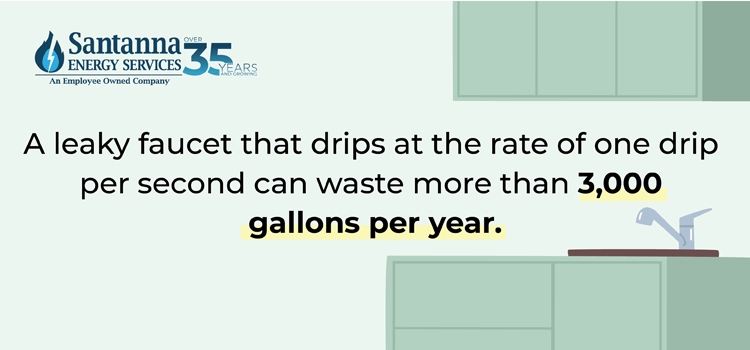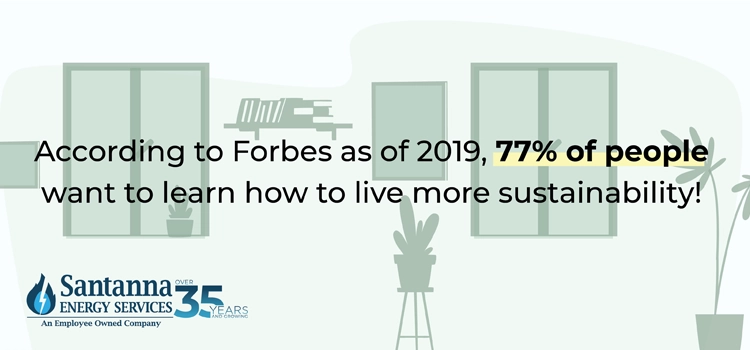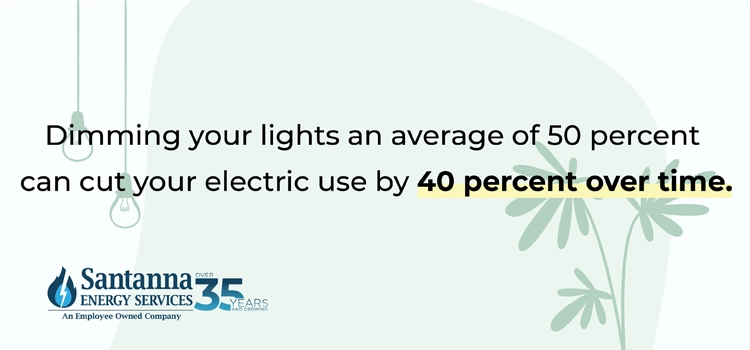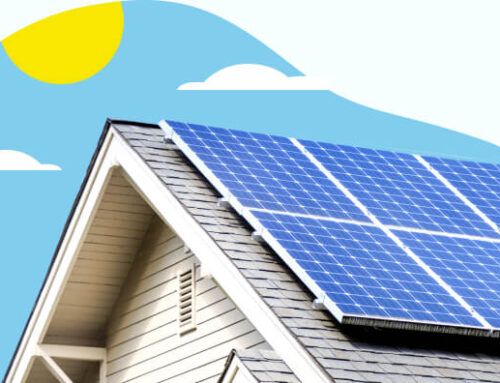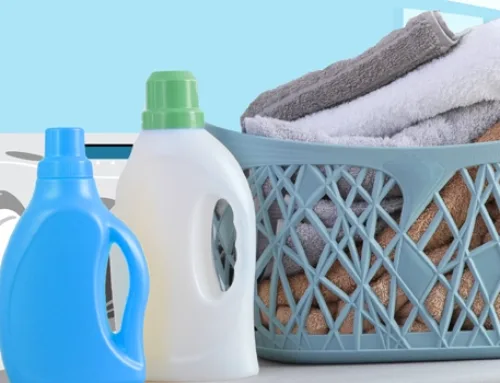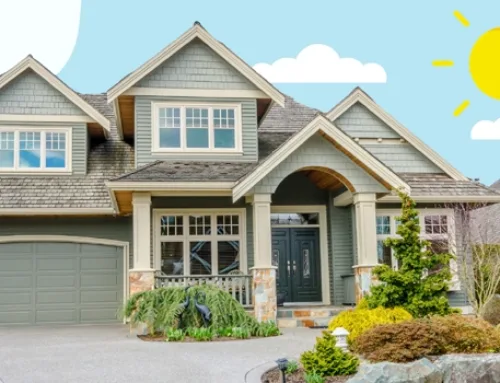The Pros & Cons of Going Green in your Home
by Greg Rabaey
10 min read
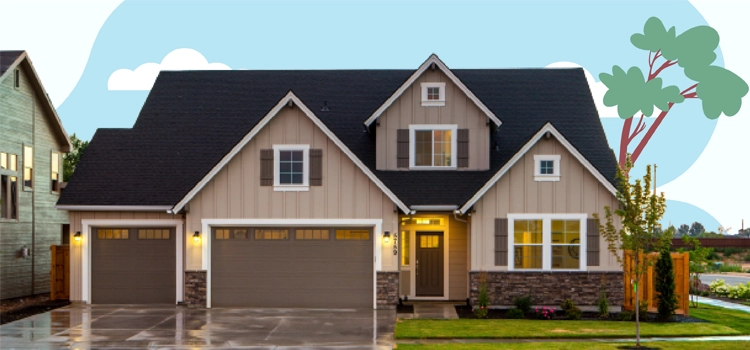
Going green in your home can be an exciting and rewarding experience! Not only will you be reducing your carbon footprint, but you’ll also save money on utilities. In the same way, you can create a healthier environment for yourself, your family and the planet. It’s important to understand both the advantages and disadvantages of green living. We’ll explore the ups and downs of going green so that you can make the best decision for you!
Advantages of going green
Less Waste:
Going green in your home can be a great way to reduce your waste and benefit the environment! Not only will you create less waste in landfills, but you’ll also be reducing air pollution. Lastly, green initiatives such as using reusable containers and cloth bags are a great way to reduce waste and do your part to protect the planet.
Cost Effective:
As green energy sources become more widely available and cost-effective, you’ll be able to reduce your energy bills just by making small changes. Solar panels, wind turbines and geothermal systems are all renewable energy sources that can provide electricity without costing too much. Green ideas such as unplugging electronics and replacing older appliances with energy-efficient ones can all help you save on your monthly utilities.
Improved Health:
Going green in your home offers immense health and environmental benefits. Going green can teach you to be mindful and can reduce your stress level. Similarly, green technologies like HEPA (High Efficiency Particulate Air) filters can reduce asthma and allergy symptoms within your home; which can improve your health. By taking steps to green your home, you can make a difference and be part of the solution for climate change.
Environmental Protection:
One significant advantage of adopting green practices in your home is the positive impact it has on environmental protection. By making eco-friendly choices in your daily life, such as using energy-efficient appliances, reducing water consumption, and embracing renewable energy sources, you contribute to the reduction of greenhouse gas emissions. This proactive approach helps mitigate climate change, preserves biodiversity, and safeguards the delicate balance of ecosystems.
Protection of Natural Resources:
Going green in your home can also help protect natural resources! One of the most abundant natural resources in your home is water. According to the EPA, the average American family uses 300 gallons of water a day; so why not start going green there? This conservation not only helps lower your environmental footprint but also ensures that these finite resources are available for future generations. You can preserve water in your home by taking shorter and colder showers, fixing leaky sinks, and running full loads in dishwashers rather than hand washing your dishes.
Ethical Consumerism:
Going green in your home or even making small green changes in your daily life can make you more aware of your purchases and can encourage you to switch up your buying habits in an eco-friendly direction! By choosing products and services that are environmentally friendly and are sustainably sourced, individuals can not only make responsible choices for the planet but also send a powerful message to businesses. This message also reinforces the demand for eco-friendly and socially responsible products, thereby encouraging companies to adopt sustainable practices. Ethical consumerism also raises awareness about environmental responsibility and empowers you to choose businesses that align with your values.
Community Engagement:
Embracing eco-conscious initiatives not only benefits the environment and your home and lifestyle but also fosters a sense of shared purpose and collaboration within a community. Going green in your home can be the catalyst of change for your neighborhood! Starting the conversation about going green and educating others about eco-friendly practices in your home can encourage collaboration in the community and a shared sense of purpose for environmental responsibility. It’s a win-win for the community and the planet!
Disadvantages of going green
Going Green Takes Time:
Going green in your home is a great way to help the environment and save money. But it can take some time to convert. Going green is more than just swapping out lightbulbs. It may feel like going green means taking two steps forward and one step back, but with a bit of perseverance, you’ll reap the rewards in no time. With green energy, you’ll save money in the long run and help reduce your ecological footprint.
Getting the Right Material Can be Difficult:
Going green in your home can feel like a tall order. One of the major disadvantages is getting the right materials for greening up your space. Sure, renewable energy sources and green products are becoming more popular and accessible, but if you don’t know what you’re looking for, it can be difficult to find exactly what you need. To make greening your home easier, do a bit of research ahead of time to find the best green materials and plans available.
Green Infrastructure Might be Missing in Some Regions:
Going green can be a great way to reduce your carbon footprint and live a more sustainable lifestyle, but it’s not always that simple. In some regions, green infrastructure may be missing or limited. For example, if you live in an area without reliable access to renewable energy sources like solar or wind power, then going green might be more challenging. However, green infrastructure is expanding all the time and with enough research, you may be able to find green solutions that are right for your region.
Lack of Awareness and Education:
Many individuals and communities may not fully understand the importance of sustainable and green practices or how to implement them effectively. This knowledge gap can lead to resistance, apathy, or skepticism towards eco-friendly initiatives. Moreover, without adequate education, people may not be aware of the various green technologies, products, and solutions available, hindering their ability to make informed choices.
High Level of Motivation to Stay Green:
Unfortunately, staying motivated to maintain eco-friendly practices on a consistent basis can be difficult. While individuals may initially embrace green habits with enthusiasm, it can be demanding to sustain these efforts over the long term. Motivation may wane due to various factors such as convenience, social pressures, or economic constraints. Moreover, the scale of global environmental issues can sometimes make personal efforts seem insignificant, leading to a sense of futility. To address this challenge, it’s important to create a supportive environment and community that encourages and reinforces green behaviors!
Compatibility:
Each dwelling has its unique structural, architectural, and geographic characteristics that can pose challenges when trying to implement eco-friendly solutions. For instance, older homes may require extensive renovations to meet green standards, which can be cost-prohibitive. Additionally, regional climate variations can make certain green technologies less effective or even impractical in some areas. Moreover, local regulations and restrictions may limit the installation of renewable energy sources or rainwater harvesting systems. These compatibility issues can deter homeowners from fully adopting green practices and materials.
Aesthetics and Design Constraints:
Sustainable features like solar panels, wind turbines, or rainwater harvesting systems may not always align with the desired architectural aesthetics, leading to concerns about visual appeal. Designing and retrofitting structures to accommodate these green technologies can be challenging, potentially altering the overall appearance of a property. Striking a balance between eco-conscious solutions and maintaining a desired aesthetic can be a complex and costly endeavor, and it can discourage some individuals or communities from embracing green practices.
8 Small Ways You Can Go Green in Your Home Without Breaking the Bank
Going green is much more than installing solar panels. And going green doesn’t have to be intimidating either! You don’t have to make major improvements to your home to make the world a greener place. Here are 8 ways you can green up your home without breaking the bank:
- Opt for LED Lighting: Replace traditional bulbs with energy-efficient LED lights. On average, LED light bulbs use 75% percent less energy than incandescent light bulbs.
- Embrace Natural Light: Open curtains and blinds to reduce the need for artificial lighting. Windows can bring heat into your home which can reduce your reliance on heating your home; this can save you money on your heating bill too!
- Use Reusable Products: Replace disposable items with reusable items like alternatives, like shopping bags and water bottles.
- Make Your Eco-Friendly Cleaning Products: Homemade cleaners often use simple, natural ingredients like vinegar, baking soda, and lemon juice, which are less harmful to the environment.
- Minimize Food Waste: Plan meals, store food properly, and compost food scraps.
- Plant Indoor Greenery: Houseplants improve indoor air quality and add a touch of nature to your space.
- Unplug and Power Down: Turn off lights, appliances, and electronics when not in use to minimize energy consumption.
- Recycle: Recycling generally requires less energy than producing new products from raw materials and it’s easy to do!
Home Improvements You Can Make to Your Home to Get Closer to Going Green
As you already know, going green can take time. But it doesn’t have to be complicated! If you’re ready to take your home to the next green level by making green improvements to your home, here are 8 ways you can upgrade your home to make sustainable strides towards a greener lifestyle:
- Install a Smart Thermostat: smart thermostats are designed to help conserve energy by automatically adjusting the temperature based on your preferences and schedules.
- Install Energy-Efficient Appliances: These appliances can significantly reduce your electricity consumption in your home.
- Upgrade to Low-Flow Fixtures: These low-flow fixtures can save you up to 2,300 gallons of water a year!
- Improve Your Insulation: Improving your insulation can reduce your need for heating and cooling and can ultimately lower energy bills.
- Consider Energy-Efficient Windows: Heat gain and heat loss through windows are responsible for 25%–30% of residential heating and cooling energy use. Installing energy-efficient windows can help reduce this loss.
- Invest in an Energy-Efficient Water Heater: According to Energy Star, water heaters that are more energy efficient use 70 percent less energy than other models.
- Go with Smart Plugs: If you’re looking to reduce your energy consumption, smart plugs could help you conserve energy and not have to worry about if you unplug your devices.
- Install Dimmer Lighting: This lighting turns off automatically in unoccupied rooms.
How can Santanna Help you Support Eco-Friendly Efforts?
Supporting eco-friendly efforts might seem daunting at times, but here at Santanna, we have solutions that can make going eco-friendly easier than ever! From the moment you sign up for a plan, implementation of your eco-friendly energy choice is a breeze. Unlike other energy providers, with Santanna, there’s no extra equipment needed to receive your energy and you can start making an impact on the planet as soon as possible. In the same way, Santanna has plans that can fit all your energy needs. Whether you’re looking for a monthly fixed rate or a plan that lets you use as much energy as you need at one flat price, we’re here to relieve all your reservations about whether or not going eco-friendly is the right choice for you. In the end, going green in your home is a great way to reduce your environmental impact. While there may be some disadvantages, fortunately, Santanna has solutions to bring you peace of mind when it comes to eco-friendly efforts.
Santanna Energy Services is a supplier of renewable energy solutions in the United States, providing services to Illinois, Indiana, Pennsylvania, Michigan, and Ohio. We provide a wide range of energy services and products to meet the needs of both residential and small business customers. Our mission is to provide innovative and cost-effective energy solutions that will help our customers achieve their energy goals. With over 35 years of experience, we are committed to creating life-long relationships by providing quality service to customers, communities, and employees.
Greg Rabaey, the CEO of Santanna Energy Services, is a forward-thinking leader with a wealth of experience in the energy industry. With a solid educational foundation in mathematics, computer science, and physics, including a Ph.D. in Physics from the University of Arizona, Greg's career spans over 30 years in technology and energy. Under his guidance, Santanna Energy Services has evolved into a consumer-centric powerhouse, providing electricity and natural gas to countless homes across the Midwest. Greg's strategic acumen, deep commitment to his team and customers, and passion for innovation have been instrumental in the company's growth. His visionary leadership has led Santanna to become an industry innovator, offering a range of earth-friendly and unlimited energy options, setting new standards in environmentally conscious energy solutions for clients. Beyond the boardroom, he actively contributes to his community, embodying his dedication to driving positive change, both professionally and personally.


